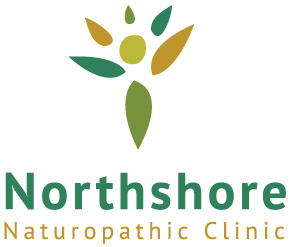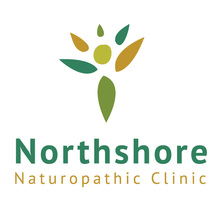By Dr. Matsen
The hot, sunny weather of August makes fruits and vegetables grow and the quantity of these nutritious fresh foods in our diet increases. August is also the time of year that many of us take time off work and get outdoors much more. This combination of fresh food and outdoor activity make August the healthiest month of the year for many people.
During September, there’s a tendency to continue eating a lot of fresh fruits and salads. However, people are usually back indoors more because the new school year begins and jobs resume. This sets the scenario for ileocecal valve problems, commonly seen in people who “eat too well.”
The ileocecal valve is located between your small intestine and your large intestine. This valve is usually kept closed so that the food you’ve eaten stays in your small intestine long enough to be digested and absorbed fully. It also prevents the good micro-organisms in your large intestine from getting into your small intestine, where their waste products could easily be absorbed. As digestion and absorption are completed in your small intestine, your ileocecal valve opens, and the food passes into your large intestine or colon.
When your ileocecal valve is weakened, the billions of normally “good” bacteria that live in the large intestine get through the ileocecal valve, up into your small intestine, where they’re not supposed to be. There, they can become “Bad Guys”—they steal important nutrients like vitamin B12 and tryptophan before you have absorbed them, and they can also dump toxins into your liver. Once your good bacteria become bad, yeast soon join the party. The alkaline pH of the small intestine allows the yeast to multiply vigorously.
Your ileocecal valve can become weak when your calcium levels are low for more than five days—calcium helps to strengthen this valve. Increasing your calcium intake doesn’t necessarily solve the ileocecal valve problem, because the cure depends on whether the calcium is being absorbed by your body. Vitamin D is required for calcium absorption—it stimulates your intestinal cells to make a calcium-binding protein that dramatically increases your absorption of calcium. Vitamin D is made by your skin when exposed to the ultraviolet (UV) rays of the sun, and then it is stored in an inactive form in your liver.
Vitamin D is relatively passive until it’s activated by your kidneys, which change the activation of vitamin D as the weather changes. Sodium in the diet tells the kidneys it’s not sunny, so they activate vitamin D, while potassium tells the kidneys it is sunny, so they don’t activate vitamin D.
As I stated before, the ileocecal valve problem is commonly seen in people who “eat too well.” That is, they consume too many foods that are high in potassium (such as salads and fruit), and don’t consume enough sodium in the form of animal protein or salt. This confuses the kidneys into assuming they are in the hot sun of mid-summer, so they deactivate vitamin D, resulting in less calcium absorption and ultimately a weakened ileocecal valve.
As temperatures get cooler this month and/or if you’re not getting outside in the sun very often, I recommend that you switch over to a more warming diet as outlined in Eating Alive II (cut back on raw vegetables, including salads; seasonal fruit for the climate in which you live; etc.). You might also consider taking calcium and/or horsetail in supplement form, and if you’re unable to get regular sun exposure, take vitamin D as well. Eat leafy green vegetables regularly for their vitamin K, which gets the calcium into your bones. You can continue to eat salads when you’re out in the warm sun, but switch to steaming your greens the rest of the year. And remember to add a little bit of unprocessed sea salt to your vegetables and grains.


